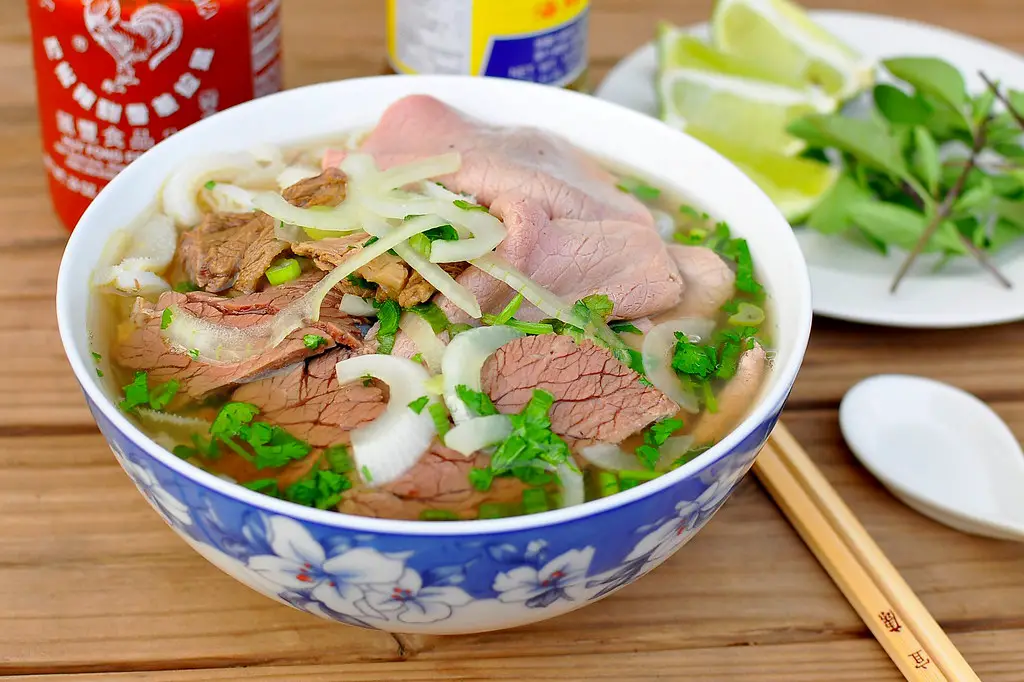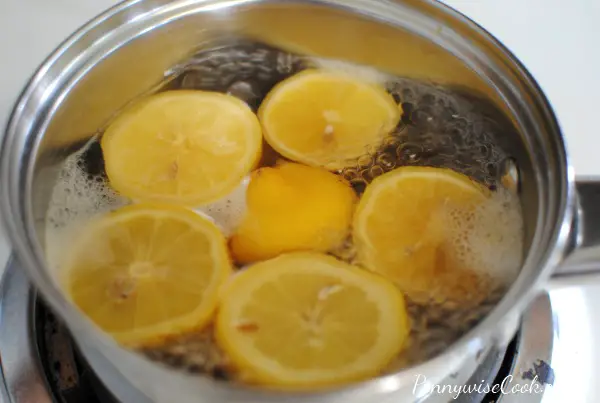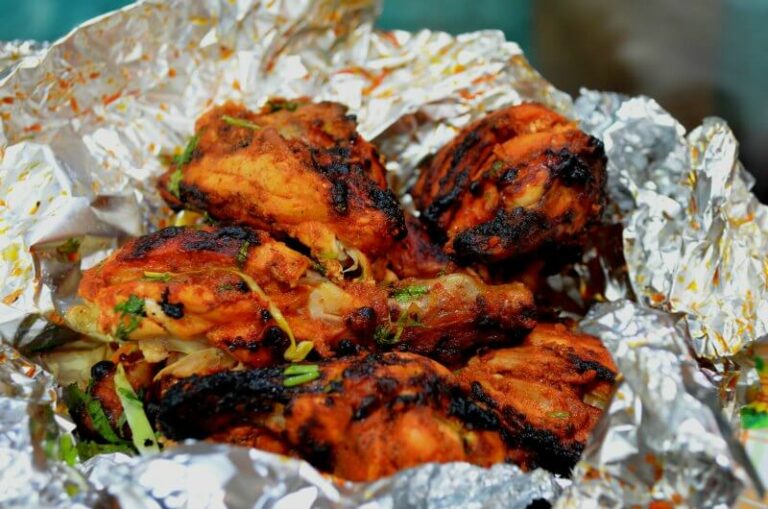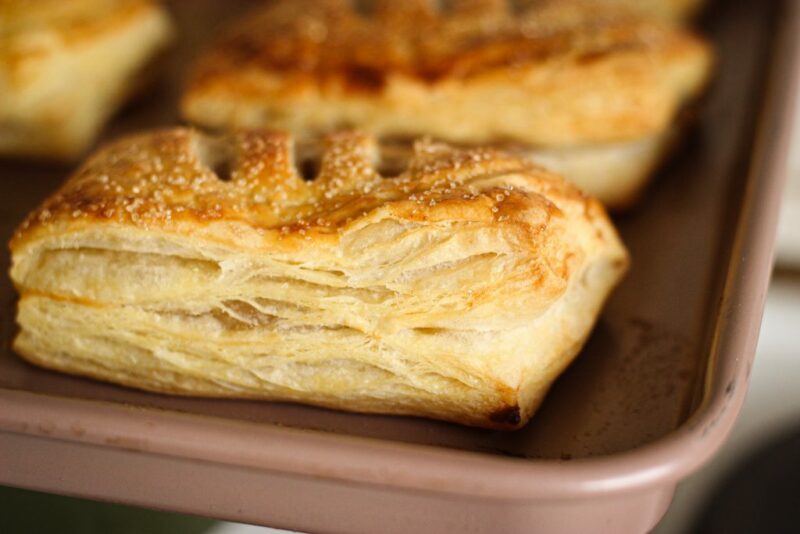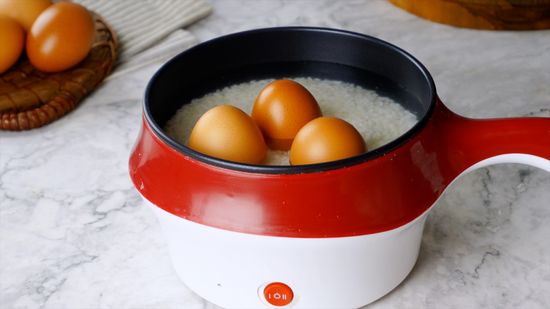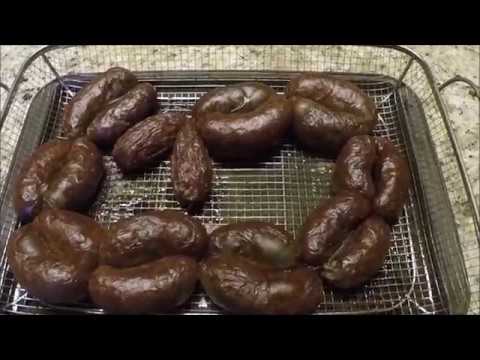Pho has become a beloved dish all around the world. This Vietnamese soup is known for its rich and flavorful broth, which is made with beef bones, spices, herbs, and vegetables. One of the key ingredients that make pho unique is tripe. Tripe adds texture and flavor to the soup, making it an essential component of the dish.
In this article, we will explore how to cook tripe for pho. We’ll take a closer look at different types of tripe, how to prepare it, and various methods for cooking it.
Types of Tripe
Before we dive into preparing tripe for pho, let’s take a quick look at the different types of tripe available.
- Blanket Tripe: Blanket tripe comes from the first chamber of a cow’s stomach. It has a smooth texture and a mild flavor.
- Honeycomb Tripe: Honeycomb tripe comes from the second chamber of a cow’s stomach. It has a honeycomb-like appearance and a chewy texture.
- Book Tripe: Book tripe comes from the third chamber of a cow’s stomach. It has a rougher texture than blanket or honeycomb tripe.
Each type of tripe has its own unique texture and flavor profile, so it’s worth exploring each one to find your favorite.
Preparing Tripe for Pho
Tripe requires proper cleaning and preparation before being cooked in pho. Here are some steps you can follow:
- Rinse: Rinse the tripe under cold running water to eliminate any debris or impurities.
- Soak: Soak the trip in cold water mixed with vinegar or lemon juice for 30 minutes to get rid of any unpleasant odors.
- Scrub: Scrub any residual content off the surface using a stiff-bristled brush.
- Rinse again: Rinse the tripe one more time under cold running water.
Once you’ve followed these four basic steps, your tripe is ready to be cooked for pho.
Boiling Method
Boiling is a straightforward way to cook tripe for pho. Here’s how to do it:
- Cut: Cut the prepared tripe into small pieces.
- Boil: Bring a large pot of water to a boil and add the tripe.
- Cook: Boil the tripe for 10-15 minutes, until it’s tender and fully cooked through.
- Rinse: Drain the tripe in a colander and rinse it thoroughly under cold running water.
This method is ideal if you’re not using a pressure cooker or don’t have time for blanching.
Blanching Method
Blanching involves briefly boiling the tripe in water, then shocking it in ice-cold water before cooking. This method can eliminate any residual odor or flavor from the tripe that might affect your pho broth.
To blanch your tripe, follow these steps:
- Cut: Cut the prepared tripe into small pieces.
- Blanch: Bring a large pot of water to a boil and add the tripe.
- Shock: After one minute of boiling, transfer the tripe to a bowl of ice-cold water.
- Repeat: Repeat this process two or three times until all odors are removed from the trip.
- Rinse: Drain off any excess liquid, then rinse thoroughly under cold running water.
Blanching is an excellent way to prepare your trip if you want to guarantee that there’s no leftover odor or flavor that could affect your broth’s taste.
Pressure-Cooking Method
A pressure cooker is an excellent gadget for quickly and efficiently cooking tripe. Here’s how to make use of it:
- Cut: Cut the prepared tripe into small pieces.
- Cook: Add the tripe to your pressure cooker, along with enough water to cover it by at least an inch.
- Seal: Lock the lid on your pressure cooker according to its instructions.
- Cook again: Bring up your pressure cooker over high heat until it attains full pressure, then reduce the heat to achieve constant pressure for 30-35 minutes if using blanket or honeycomb types and 60-70 minutes if using book type.
- Depressurize: Release your steam valve slowly, then carefully remove the lid so you don’t get scalded by any leftover hot vapor that may escape.
- Rinse: Drain off any excess liquid, then rinse thoroughly under cold running water.
Using a pressure cooker is an excellent way to produce tender and delectable tripe without having to wait for an extended period.
In Conclusion
Tripe is a vital ingredient in making authentic pho soup, providing texture and flavor that elevates the dish further. No matter which method you pick for cooking your tripe, be sure always to clean and prepare it before adding it to your pho broth.
Experiment with different types of tripe and preparation methods to determine what works best for you! Happy cooking!
Q&A
- Q: What is tripe and where can I find it for making pho? A: Tripe, a type of edible stomach lining from cows or other animals, can be found at most Asian markets or specialty butcher shops. It’s an essential ingredient in traditional Vietnamese pho.
- Q: How should I prepare the tripe before adding it to my pho? A: To prepare the tripe, rinse it thoroughly with cold water and trim any excess fat or gristle. Then blanch it in boiling water for 10-15 minutes to remove any impurities and soften the texture. After that, slice or chop the tripe as desired.
- Q: Can I cook tripe along with the other ingredients in my pho recipe? A: Yes, you can add cooked tripe to your pho during the final stages of simmering, along with other meats and vegetables. However, if you prefer your tripe to have a more distinct flavor and texture, you can sauté it separately with garlic and onions before adding it to your soup.
- Q: Are there any tips for achieving perfectly tender and flavorful tripe in my pho? A: To ensure that your tripe is fully cooked but not overdone, use a low simmer rather than boiling when cooking your soup. You can also marinate the sliced or chopped tripe beforehand with lime juice or vinegar for added flavor. Finally, don’t be afraid to season generously with fish sauce, herbs like Thai basil or cilantro, and bean sprouts to balance out the mild sweetness of the tripe.
